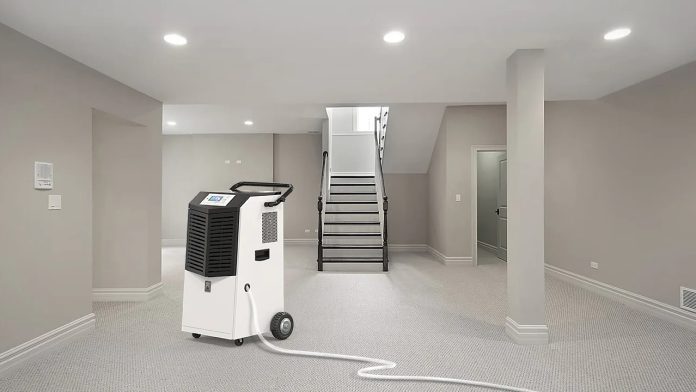The greenhouse is a vital component in modern agriculture needed to cultivate plants under controlled conditions. However, controlling the humidity in these structures is not very easy. Large amounts of humidity can become a breeding ground for mold mildew and other undesirable situations that are not healthy for plants. Therefore, new technologies in dehumidifiers have been developed to offer solutions for the right humidity that greenhouses require. In this article, the author discusses new trends in dehumidifier technologies that are revolutionizing the use of greenhouses.
Humidity Control in Greenhouses: Its Importance
Relative humidity plays a very sensitive role in greenhouses because it is a direct determinant of plant growth, diseases, and yields. Optimum humidity differs with the type of plants being grown but it is very important to maintain moderate humidity levels. High humidity favors the development of fungal diseases while low humidity results in plant stress and water stress. To overcome these challenges, greenhouse operators are now seeking better and improved dehumidification technologies. Concerning them realize that they can develop new solutions that can help them to change certain factors and make them more stable to develop the plant.
Smart Dehumidification Systems
Smart technologies are another trend characteristic of greenhouse dehumidifiers The most popular trends are nowadays the uses of smart technologies. Intelligent dehumidification systems employ sensors, IoT, and big data for the detection and control of the humidity level. These systems can be programmable to course their operations about the prevailing environmental conditions with regards to humidity. For instance, current smart sensors can alert the dehumidifier that the room has increased in temperature or that humidity levels are high. This makes it possible to have control and minimize energy use thus increasing efficiency. Therefore, greenhouse operators can get the best yields with lower costs of operation.
Energy-Efficient Technologies
Another crucial element influencing the future development of dehumidifiers for greenhouses is energy efficiency. Manufacturers are working to create energy-efficient technologies as a result of rising energy prices and environmental concerns. In order for dehumidifiers to collect and utilize the energy they exhaust, increasingly sophisticated heat recovery devices are being included in them. These systems do not only conserve electricity consumption but also the general efficiency of the dehumidifier is also increased.
Hybrid Dehumidification Systems
Another current trend developing in greenhouse applications is the utilization of hybrid dehumidification systems. To accomplish the appropriate humidity management, these systems employ a variety of methods. For example, they may combine traditional refrigeration methods of dehumidification with desiccant dehumidification. While refrigeration systems reduce the temperature to induce the humidity to condense, desiccant systems use materials that can extract moisture from the air. These technologies when integrated into the hybrid systems can perform better in different environments. They can be especially useful where humidity varies within the greenhouse, thus maintaining stable performance.
Remote Monitoring and Control
The functions of remote monitoring and control are being integrated into the latest dehumidification systems. This technology enables the greenhouse operators to control the humidity and the performance of the system via smartphones or computers. It is such convenience that makes it possible for operators to make necessary changes to keep the conditions as desired. Through remote access to real-time data, operators can detect problems early enough so that appropriate measures are taken before the conditions become undesirable to the health of the plant. This capability improves the existing efficiency and reduces the dangers of loss of crops due to humidity effects.
Predictive Analytics for Proactive Management
The use of predictive analytics is one of the most innovative features in greenhouse dehumidification systems. These systems are designed to have some historical data and carry out sophisticated calculations to predict the humidity levels and the changes in the environment. It means changes in ‘dehumidification regimes’ can be made in advance of difficulties occurring. For instance, because the system will forecast an event such as a rise in humidity, it will be able to adjust its functioning based on that expectation. This proactive approach increases the efficiency of the general approach to humidity control and therefore results in healthier plants and better yields.
Conclusion
Since the role of humidity control in greenhouses is becoming more and more significant, new technologies in dehumidifiers are also vital. These changes range from smart systems and energy-efficient designs, the use of environmentally friendly refrigerants, to hybrid solutions which are revolutionizing the greenhouse operators’ management of humidity. Also, the monitoring and analysis of the processes allow operators to focus on productivity boosts, cutting dangerous risks that threaten performance. In this regard, greenhouse operators can learn about these trends and use advanced technologies to provide the best environment for growing crops and running a successful agriculture business. Greenhouse dehumidification is set for future growth and developments that will enhance the efficiency, sustainability, and health of plants in the greenhouses.










